Restoration Tips for Your Classic Muscle Car
ASSESSING YOUR CLASSIC MUSCLE CAR
Before diving headfirst into the restoration process, it's crucial to assess the current condition of your classic muscle car. This initial step sets the stage for a successful restoration journey.
Begin by conducting a thorough inspection of your car. Examine the body, frame, engine, and interior. Look for signs of rust, corrosion, or damage. Assess the condition of crucial components like the engine, transmission, suspension, and brakes. Taking detailed notes and photographs can help you keep track of the car's condition and identify areas that need attention.
Identify necessary repairs and create a checklist of tasks. Prioritize safety-related repairs and structural issues. Set restoration goals based on your car's condition and your vision for the final result.
By conducting a comprehensive assessment and setting clear objectives, you'll have a solid foundation for your classic muscle car restoration project. This initial step ensures that you address all necessary repairs and enhancements, leading to a successful and satisfying restoration.
PLANNING YOUR RESTORATION PROJECT
Planning is a fundamental aspect of any successful classic muscle car restoration project. It's essential to establish a clear roadmap before diving into the intricate process of reviving your beloved vehicle.
Begin by setting a realistic budget for your restoration project. Factor in the cost of parts, labor (if you're outsourcing any work), tools, and any unexpected expenses that may arise during the restoration process. Having a well-defined budget will help you stay on track and avoid overspending.
Next, create a timeline for your project. Determine how long you expect each phase of the restoration to take and set milestones along the way. A timeline will keep you organized and motivated throughout the process.
Gather all the necessary tools and resources you'll need for the restoration. Ensure that you have access to a suitable workspace, tools, and equipment. Having everything at your disposal will streamline the restoration process and prevent unnecessary delays.
Planning your restoration project meticulously sets the stage for a smoother and more efficient process. With a clear budget, timeline, and access to essential resources, you'll be well-prepared to embark on your classic muscle car restoration journey.
FINDING QUALITY REPLACEMENT PARTS
When it comes to classic muscle car restoration, finding quality replacement parts is often a crucial aspect of the project. Many classic cars require specific components that may no longer be in production, making the search for parts a unique challenge.
One option is to source authentic or aftermarket parts that closely match the originals. Authentic parts maintain the car's historical accuracy, while aftermarket parts can sometimes offer improved performance or affordability. Research and compare your options to determine the best fit for your restoration goals.
Ensure that the replacement parts you choose are compatible with your specific car model and year. Accuracy in parts selection is essential to maintain the integrity of your classic muscle car.
In some cases, you may need to deal with rare or hard-to-find components. Be prepared to network with other enthusiasts, explore salvage yards, or engage in online communities to locate these elusive parts.
By carefully sourcing and selecting quality replacement parts, you'll ensure that your classic muscle car restoration remains true to its heritage and performs at its best.
DIY VS. PROFESSIONAL RESTORATION
One crucial decision to make during your classic muscle car a restoration journey is whether to undertake the project yourself or seek professional assistance. This choice depends on various factors and can significantly impact the outcome of your restoration.
Pros and cons exist for both approaches. DIY restoration allows you to be hands-on, fostering a deeper connection with your car and often saving on labor costs. However, it requires a certain level of mechanical skill, access to tools, and ample time and dedication.
On the other hand, professional restoration ensures expert craftsmanship and a higher likelihood of achieving factory-quality results. Professionals possess the knowledge, experience, and equipment necessary to tackle complex restorations. However, it can be more expensive and may distance you from the restoration process.
Consider your skill level, available time, budget, and the specific needs of your classic muscle car when making this decision. Some enthusiasts choose to handle certain aspects themselves while entrusting more specialized tasks to professionals.
Understanding the pros and cons of DIY and professional restoration will help you make an informed choice that aligns with your goals and resources.
RESTORATION TECHNIQUES AND BEST PRACTICES
o achieve a successful classic muscle car restoration, you'll need to familiarize yourself with various restoration techniques and best practices. These are essential for ensuring that your car not only looks great but also performs at its peak.
Sanding, Painting, and Bodywork: Properly prepare the car's surface by sanding away old paint and addressing any imperfections. High-quality paintwork is crucial for achieving an authentic and stunning finish.
Engine and Mechanical Restoration: Rebuilding or refurbishing the engine, transmission, suspension, and brakes is often a core component of muscle car restoration. Ensure that all mechanical components are in top working condition.
Upholstery and Interior Restoration: Pay attention to the interior of your car, including seats, dashboard, and other components. Reupholster or repair as needed to maintain the original look and feel.
Electrical Systems: Address any electrical issues and ensure that all wiring, lights, and accessories function correctly. Properly functioning electrics are vital for safety and convenience.
Each of these restoration areas requires specific knowledge, skills, and techniques. It's essential to research and learn about these aspects or seek professional assistance if you're not confident in your abilities. By following restoration best practices, you'll achieve a stunning and authentic result for your classic muscle car.
PRESERVING AND MAINTAINING YOUR CLASSIC MUSCLE CAR
Once your classic muscle car restoration is complete, your journey is far from over. Preserving and maintaining your restored beauty is essential to ensure it remains in top condition for years to come.
Begin by storing your classic car in a secure, climate-controlled environment. Protection from extreme temperatures and humidity will prevent corrosion and deterioration.
Implement a routine maintenance schedule that includes regular inspections, oil changes, and fluid checks. Address any issues promptly to prevent them from escalating into more significant problems.
Consider investing in specialized preservation products like car covers, wax, and rust inhibitors. These products help shield your car from environmental factors and maintain its showroom-worthy appearance.
Lastly, enjoy your classic muscle car by taking it for occasional drives. Exercise and movement keep the car's components in good working order and prevent stagnation.
By following these preservation and maintenance practices, you'll ensure that your restored classic muscle car remains a source of pride and joy for years to come.
CONCLUSION
In the world of classic muscle car restoration, the journey is as rewarding as the destination. From assessing your car's condition to planning, sourcing parts, deciding on the DIY or professional approach, mastering restoration techniques, and preserving your masterpiece, every step is a labor of love.
At LR Classics, LLC, we understand the passion and dedication that classic muscle car enthusiasts bring to their restoration projects. Our team is here to support you with a wide range of services, from sourcing quality parts to providing expert guidance.
To embark on your classic muscle car restoration journey or to explore how we can assist you further, please contact us at (520) 494-2745. We're committed to helping you achieve the classic car of your dreams and preserving the legacy of these iconic vehicles for generations to come.
Thank you for entrusting us with your classic muscle car restoration needs. We look forward to being part of your automotive adventure.
FREQUENTLY ASKED QUESTIONS (FAQS)
What are classic muscle cars, and why are they significant in automotive history?
Classic muscle cars are high-performance, V8-powered vehicles from the 1960s and 1970s known for their speed and power. They are significant for their impact on American automotive culture and their enduring popularity among enthusiasts.
How can I determine the potential restoration costs for my classic muscle car?
Restoration costs vary widely based on the car's condition and the extent of the restoration. It's essential to assess the car's needs, create a detailed budget, and factor in parts, labor, and unexpected expenses.
Can I restore a classic muscle car on my own, even if I lack mechanical experience?
While some enthusiasts with limited mechanical experience successfully restore their cars, it's advisable to gain basic automotive knowledge or seek professional assistance for complex tasks. Safety and quality results are paramount.
Where can I find authentic or aftermarket parts for my classic muscle car restoration?
Authentic parts can often be found through specialized dealers or online marketplaces. Aftermarket parts are available from various suppliers. Ensure compatibility and quality when selecting replacement components.
What is the best way to preserve the value of my restored classic muscle car?
To maintain your car's value, store it in a climate-controlled environment, follow a regular maintenance schedule, and document your restoration process. Adhering to preservation best practices will help protect your investment.
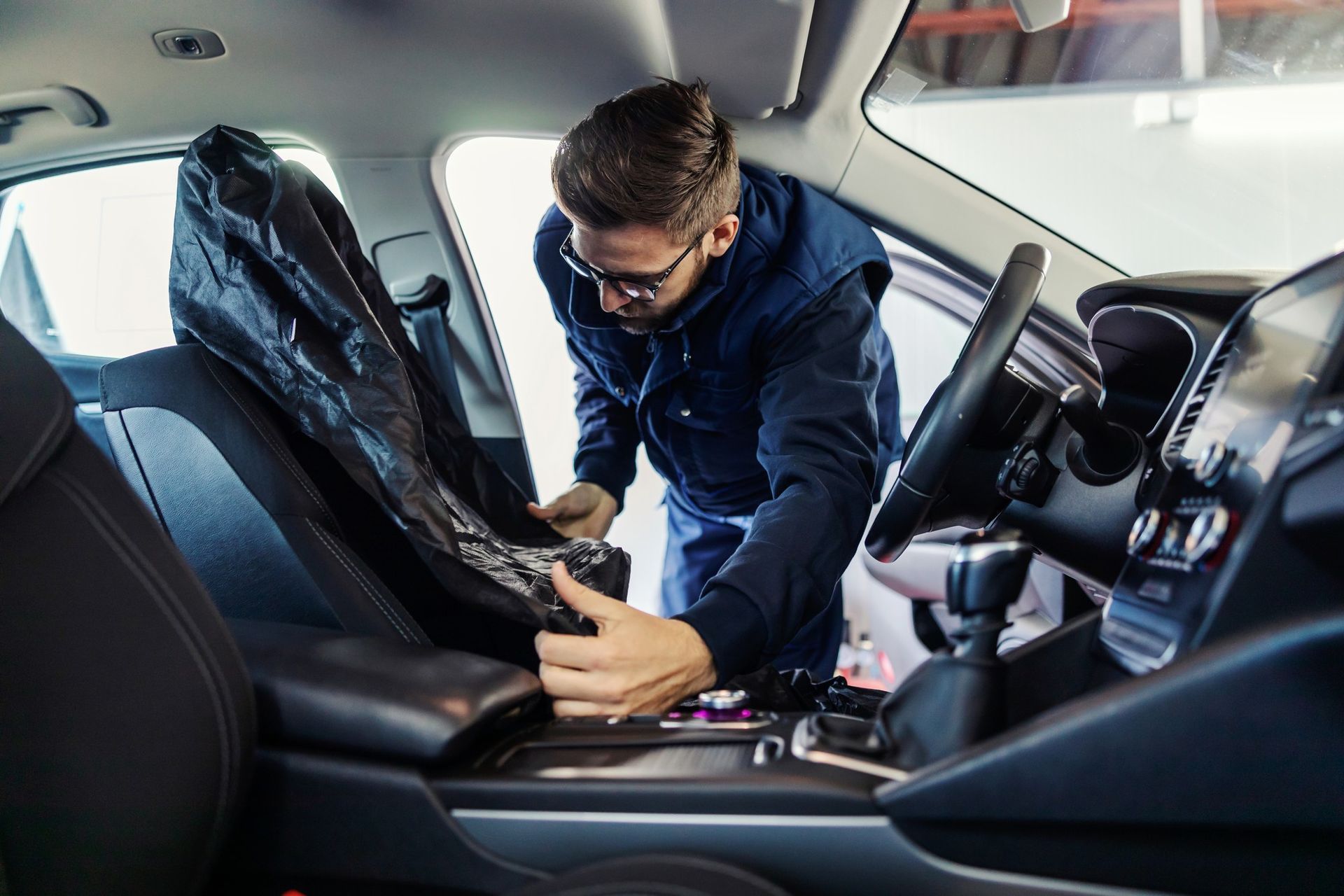
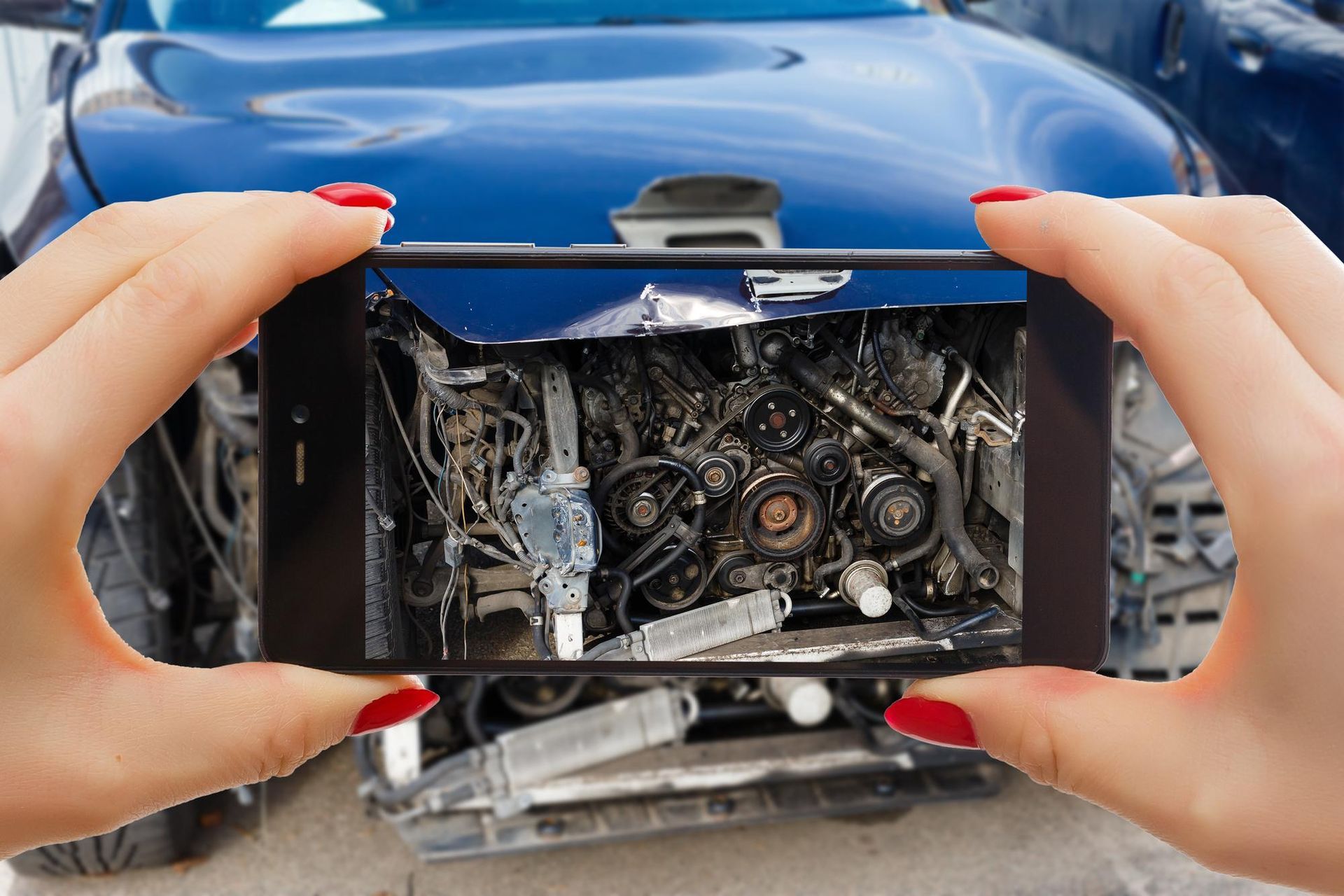
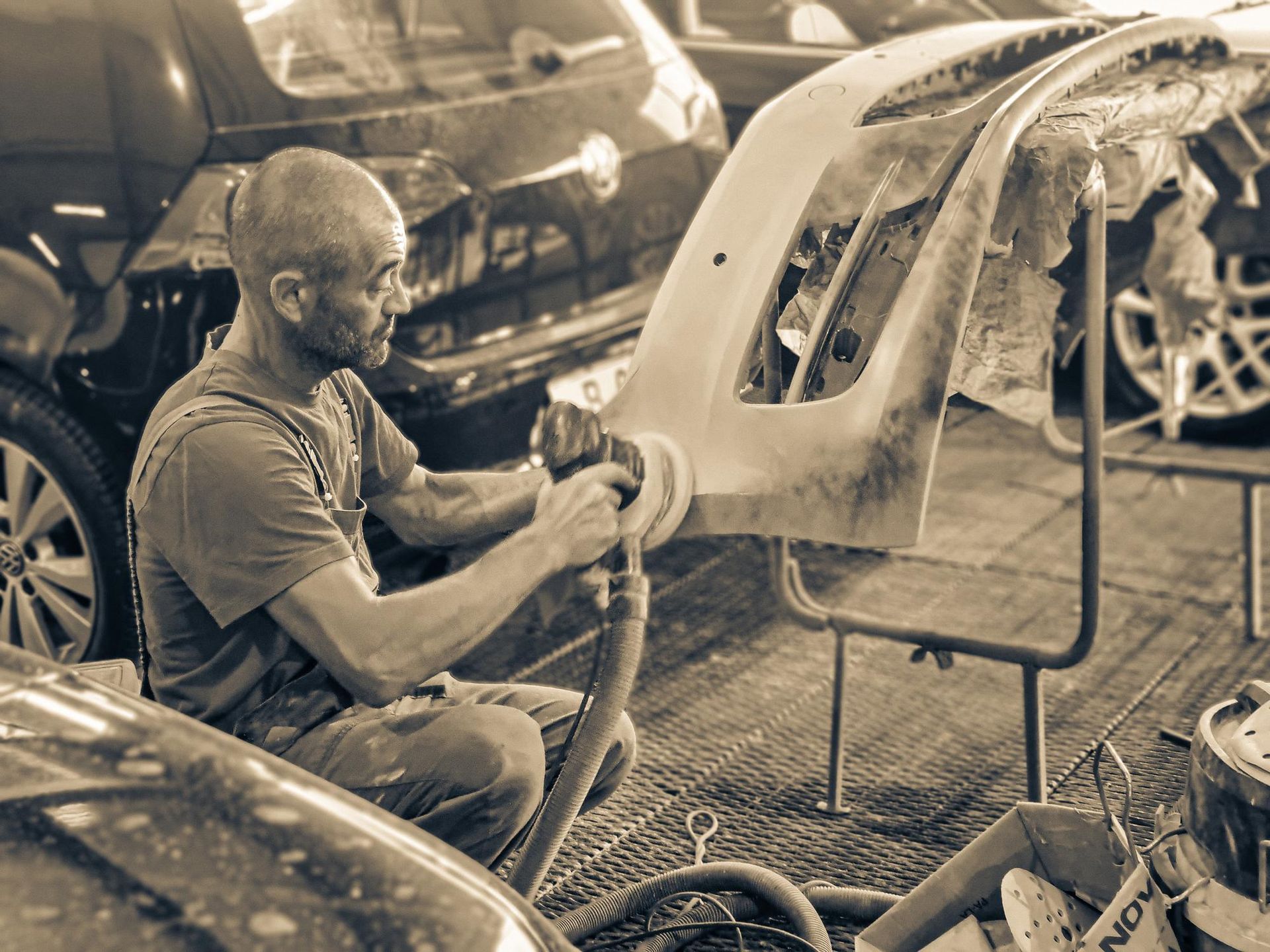
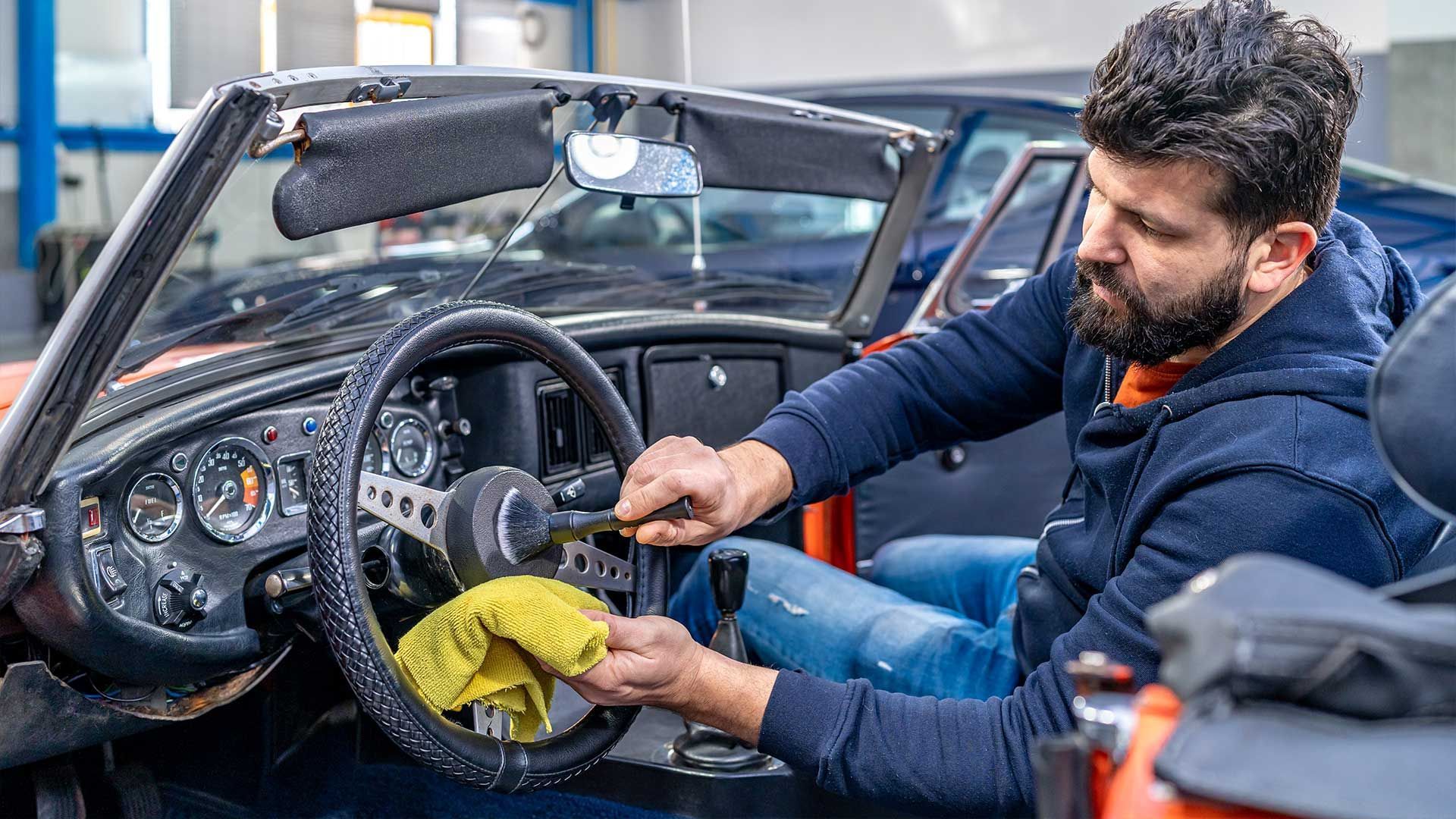
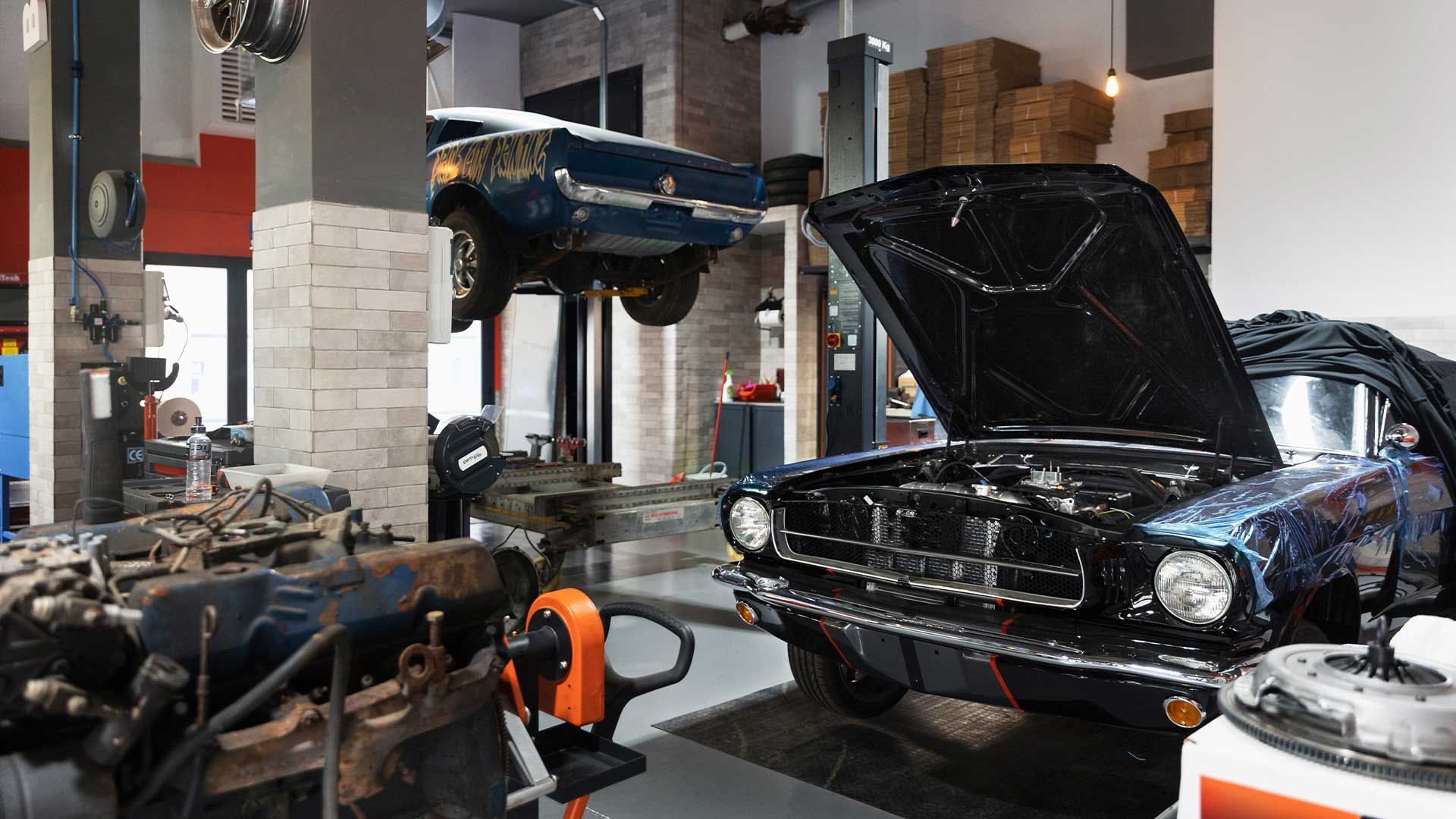
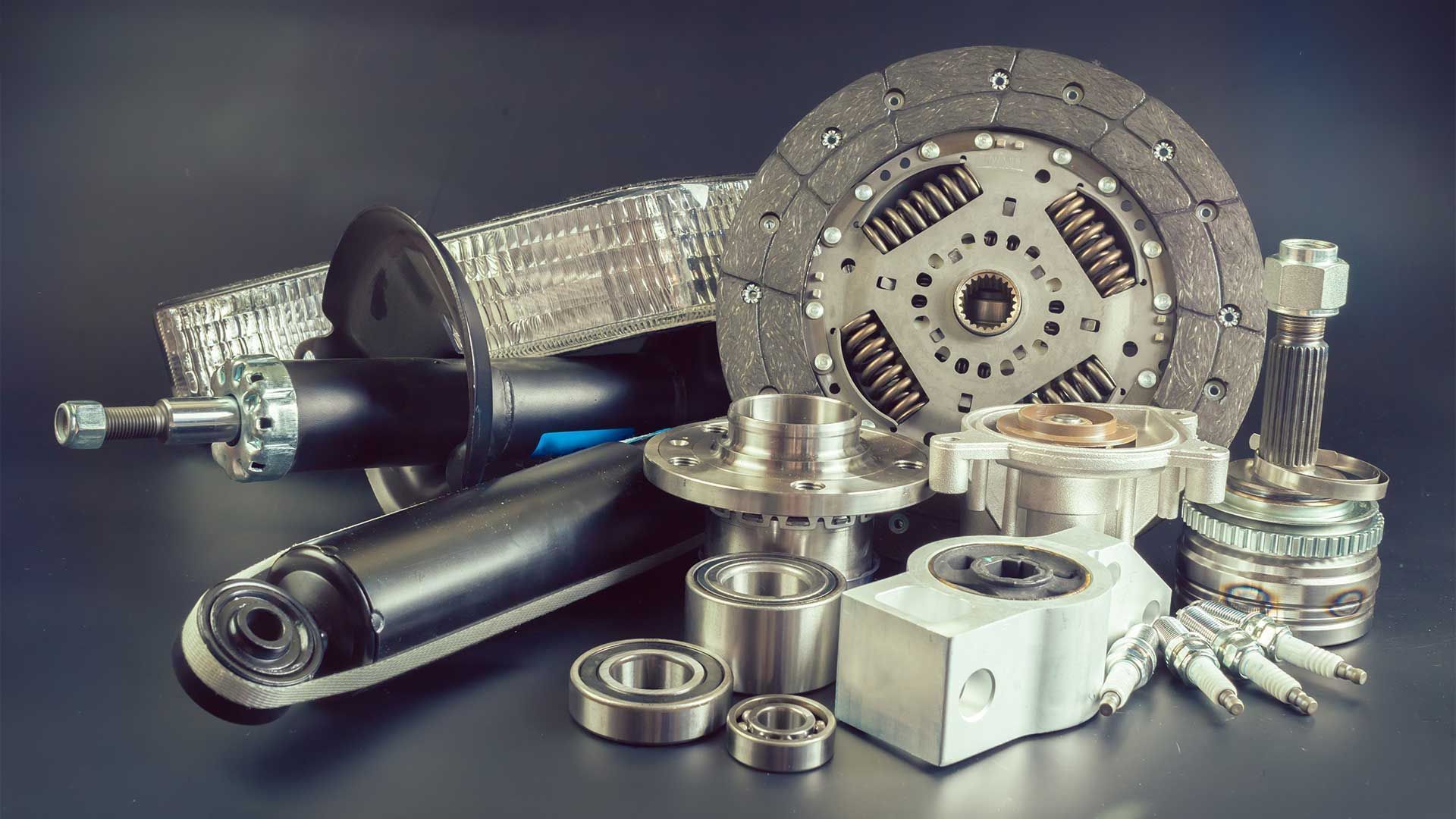


Contact Us
Opening Hours
- Mon - Fri
- -
- Sat - Sun
- Closed
All Rights Reserved | LR Classics